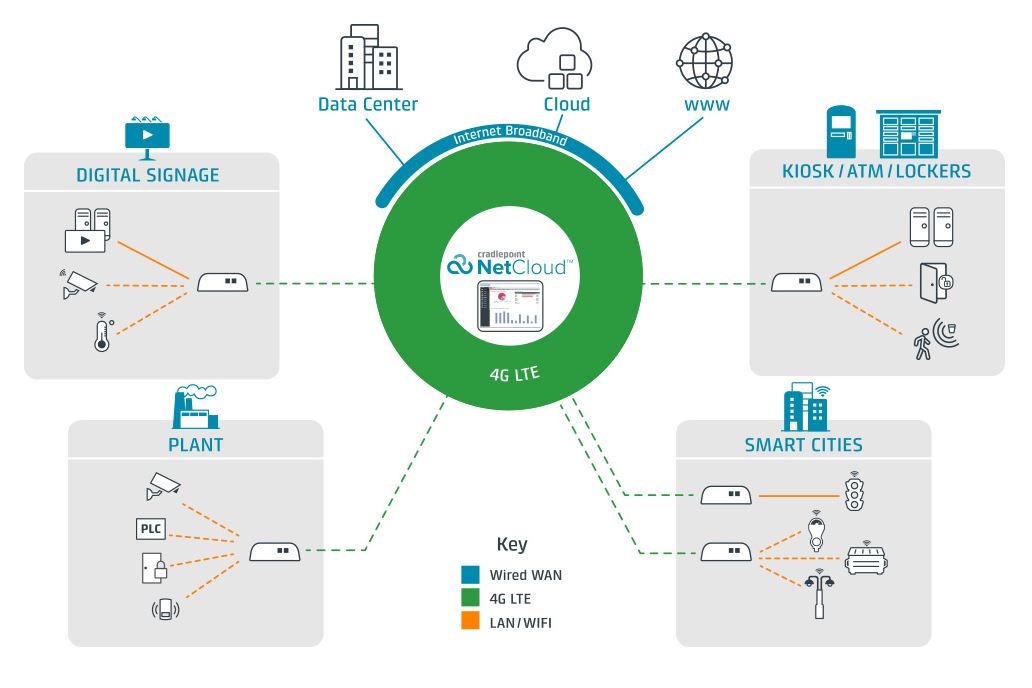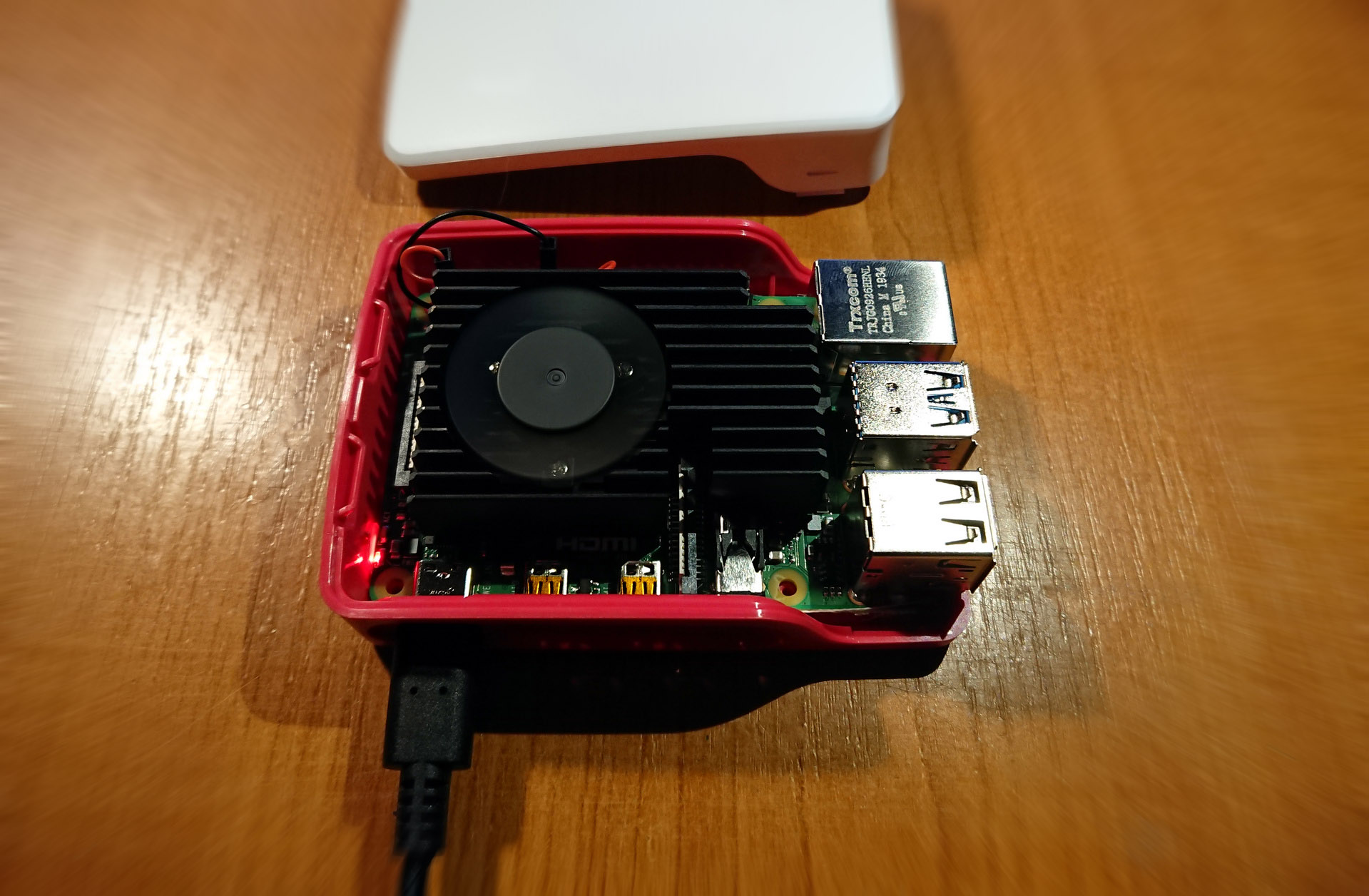Let’s face it—IoT devices are everywhere, but managing them remotely can feel like a maze. If you’re looking to use remote IoT behind a router without relying on Windows or spending a dime, you’ve come to the right place. In this article, we’ll break down the process step by step so even a tech noob can follow along.
Imagine this: you’ve got a smart thermostat, a security camera, or maybe even a remote-controlled coffee maker at home. Now, you want to access these devices from anywhere in the world without breaking the bank or using Windows. Sounds impossible? Not anymore. We’ll show you how to set it up without any hassle.
By the end of this guide, you’ll have the skills to control your IoT devices remotely, even if they’re behind a router. And the best part? You won’t need any expensive software or Windows-based systems. Let’s dive in!
Read also:Desi Mms Video The Untold Story Facts And Insights You Need To Know
What You Need to Know Before You Start
Before we get into the nitty-gritty, let’s talk about what you need to know. Understanding the basics of IoT and networking is crucial. Don’t worry if you’re not a tech wizard—we’ll keep it simple and straightforward.
Understanding IoT and Its Importance
IoT stands for Internet of Things. It’s basically a network of devices that can communicate with each other over the internet. From smart fridges to automated lights, IoT devices make life easier. But here’s the catch—they need to be managed properly, especially when you want to control them remotely.
- IoT devices rely on internet connectivity to function.
- Security is a major concern when dealing with IoT.
- Remote access is possible, but it requires some setup.
Why Use Remote IoT Behind a Router?
Using IoT devices behind a router adds an extra layer of security. It’s like having a digital fortress around your smart gadgets. But if you want to access them from outside your home network, you’ll need to configure your router properly. And guess what? You don’t need Windows to do it.
Step-by-Step Guide to Remote IoT Access
Step 1: Gather Your Tools
Before you start tinkering, make sure you’ve got everything you need:
- A router with port forwarding capabilities.
- An IoT device that supports remote access.
- A static IP address for your router (optional but recommended).
- A dynamic DNS (DDNS) service account.
Step 2: Configure Port Forwarding
Port forwarding is the key to unlocking remote access. Think of it as creating a secret tunnel through your router’s firewall. Here’s how you do it:
- Log in to your router’s admin panel. The URL is usually something like
192.168.1.1. - Look for the "Port Forwarding" or "Virtual Servers" section.
- Add a new rule and specify the port number your IoT device uses. For example, if your device uses port 8080, forward that port to the IP address of your IoT device.
Step 3: Set Up Dynamic DNS (DDNS)
Your router’s IP address can change from time to time, which can mess up your remote access. That’s where DDNS comes in. Services like No-IP or DuckDNS can assign a static hostname to your router, making it easier to connect.
Read also:Unveiling The Rise Of Amber Hageman A Modernday Inspiration
- Create an account with a DDNS provider.
- Log in to your router and enable the DDNS feature. Enter the hostname and credentials provided by the DDNS service.
Alternative Methods for Remote IoT Access
Method 1: Use a Cloud-Based IoT Platform
If configuring your router feels too complicated, consider using a cloud-based IoT platform. These platforms act as a middleman between your IoT devices and your remote device. Some popular options include:
- Adafruit IO
- Thingspeak
- Blynk
Method 2: SSH Tunneling
SSH tunneling is another way to access your IoT devices securely. It’s like creating a private communication channel between your device and the internet. Here’s how:
- Install an SSH server on your IoT device.
- Use an SSH client on your remote device to establish a connection.
- Once connected, you can control your IoT device as if you were on the same network.
Security Best Practices for Remote IoT
Why Security Matters
When you expose your IoT devices to the internet, you also expose them to potential threats. Hackers love unsecured devices, so it’s crucial to take security seriously. Here are some tips:
- Change default passwords on your router and IoT devices.
- Enable encryption on your router and devices.
- Regularly update firmware to patch vulnerabilities.
Two-Factor Authentication (2FA)
Adding 2FA to your IoT setup can significantly boost security. Even if someone gets your password, they won’t be able to access your devices without the second factor.
Troubleshooting Common Issues
Issue 1: Unable to Connect
If you can’t connect to your IoT device remotely, here are a few things to check:
- Make sure port forwarding is set up correctly.
- Verify that your DDNS hostname is working.
- Check if your IoT device’s firmware is up to date.
Issue 2: Slow Connection
A slow connection can be frustrating. Try these solutions:
- Restart your router and IoT device.
- Use a wired connection instead of Wi-Fi for better stability.
Tools and Software Recommendations
Tool 1: Ngrok
Ngrok is a handy tool for exposing local servers to the internet. It’s great for testing and development purposes. Plus, it’s free!
Tool 2: OpenVPN
OpenVPN allows you to create a secure connection between your IoT devices and your remote device. It’s a bit more complex to set up, but it offers excellent security.
Real-World Applications of Remote IoT
Scenario 1: Home Security
Imagine being able to check your home security camera from anywhere in the world. With remote IoT, you can monitor your property in real-time and receive alerts if something suspicious happens.
Scenario 2: Smart Agriculture
Farmers can use remote IoT to monitor soil moisture, weather conditions, and crop health. This helps them make data-driven decisions to improve yields.
Conclusion and Next Steps
So there you have it—a comprehensive guide on how to use remote IoT behind a router without Windows or spending a cent. By following the steps outlined above, you can take full control of your smart devices from anywhere in the world. Remember to prioritize security and regularly update your systems to stay protected.
Now it’s your turn. Try out the methods we discussed and let us know how it goes. If you have any questions or need further assistance, feel free to leave a comment below. And don’t forget to share this article with your friends who might find it useful. Happy IoT-ing!
Table of Contents
- What You Need to Know Before You Start
- Step-by-Step Guide to Remote IoT Access
- Alternative Methods for Remote IoT Access
- Security Best Practices for Remote IoT
- Troubleshooting Common Issues
- Tools and Software Recommendations
- Real-World Applications of Remote IoT
- Conclusion and Next Steps
Hope this helps you out big time!


